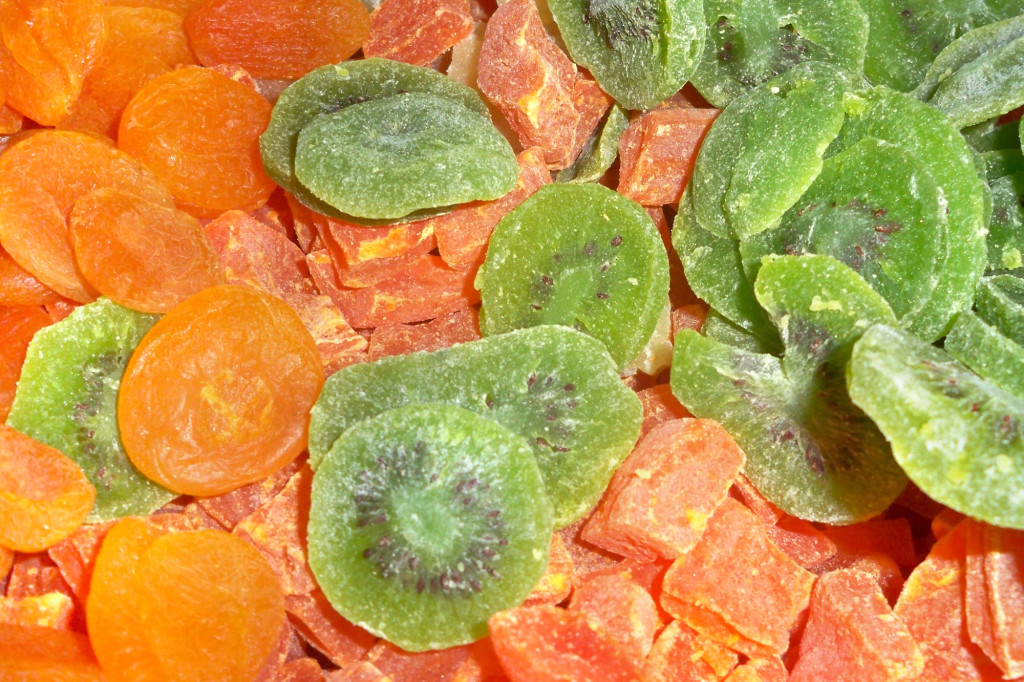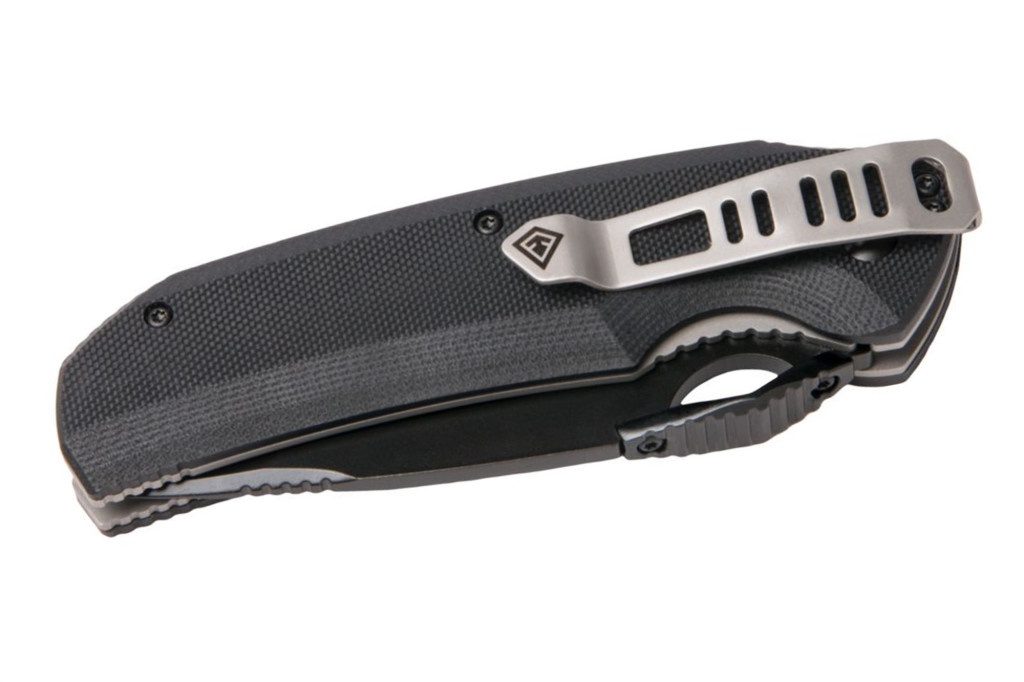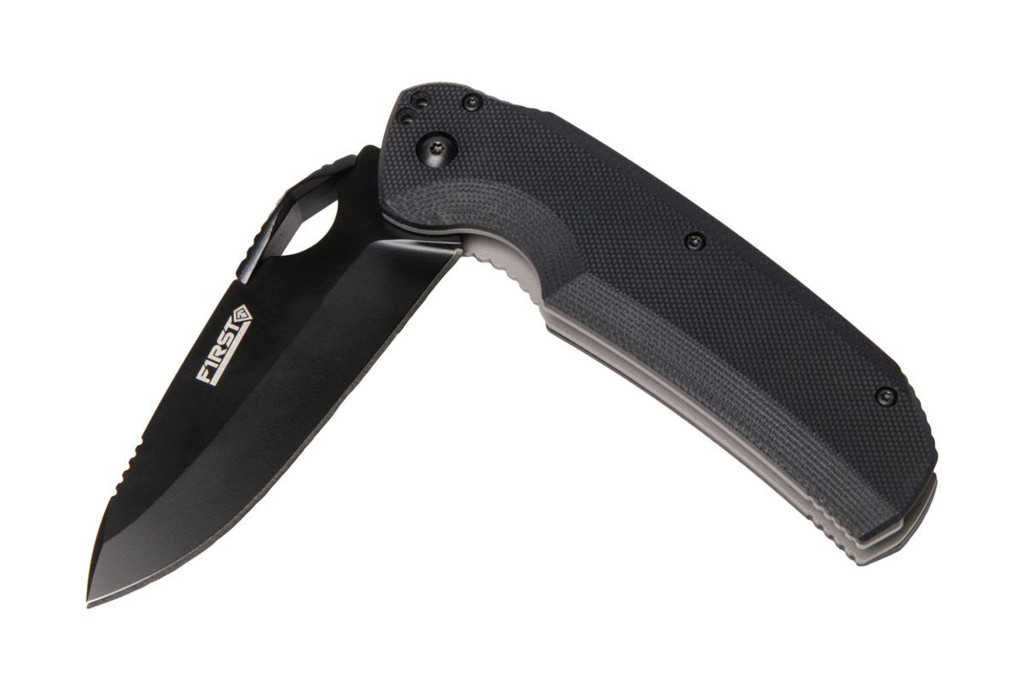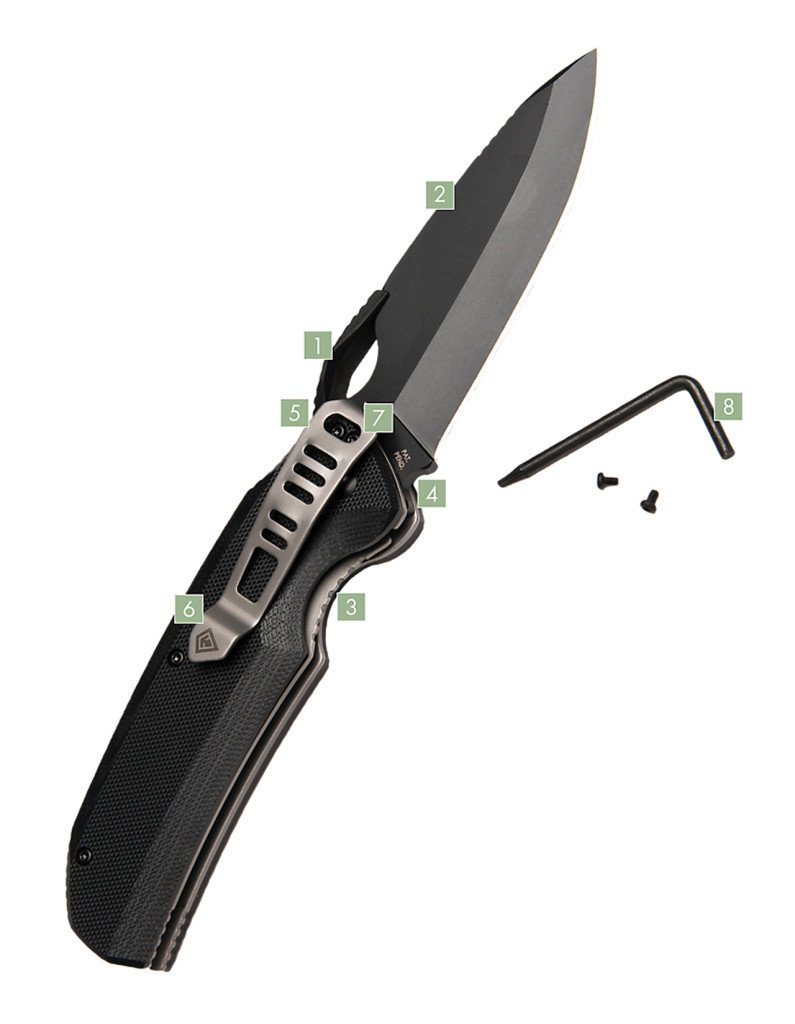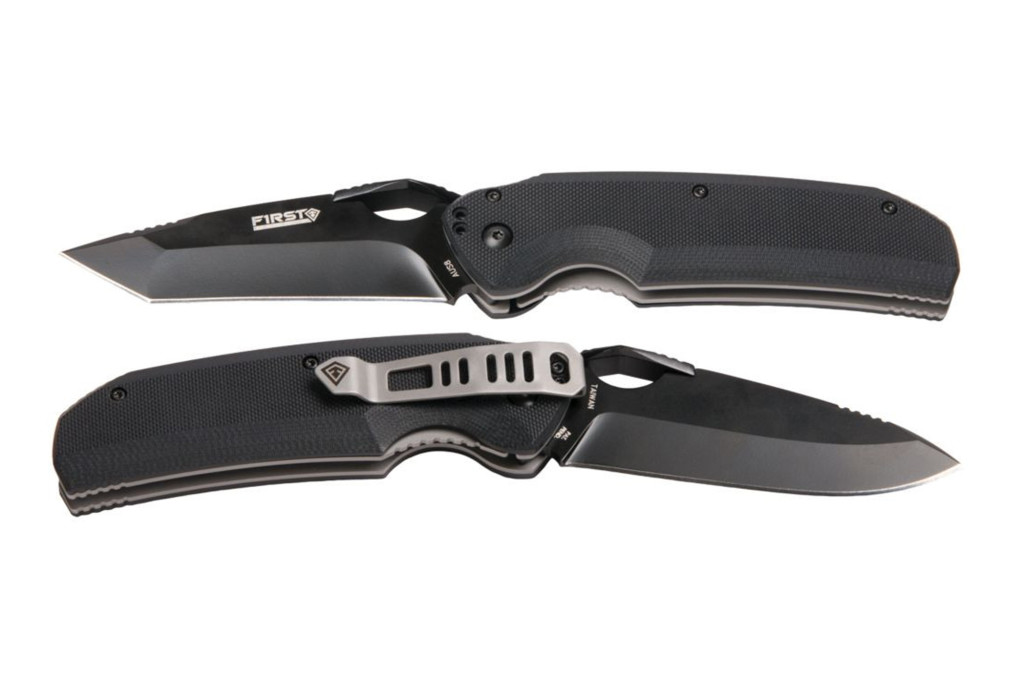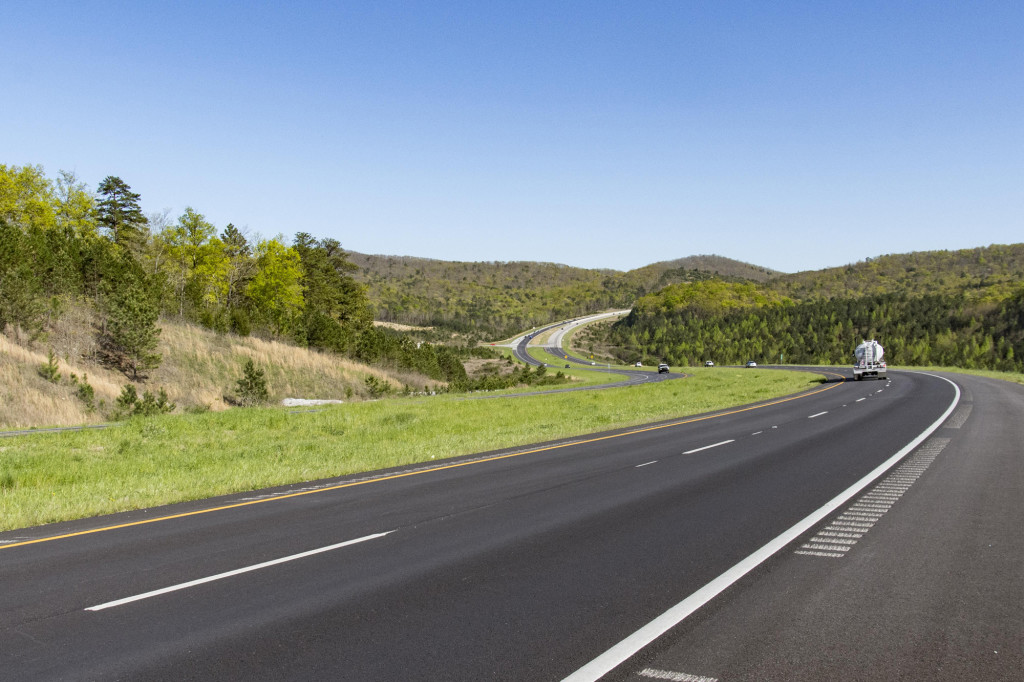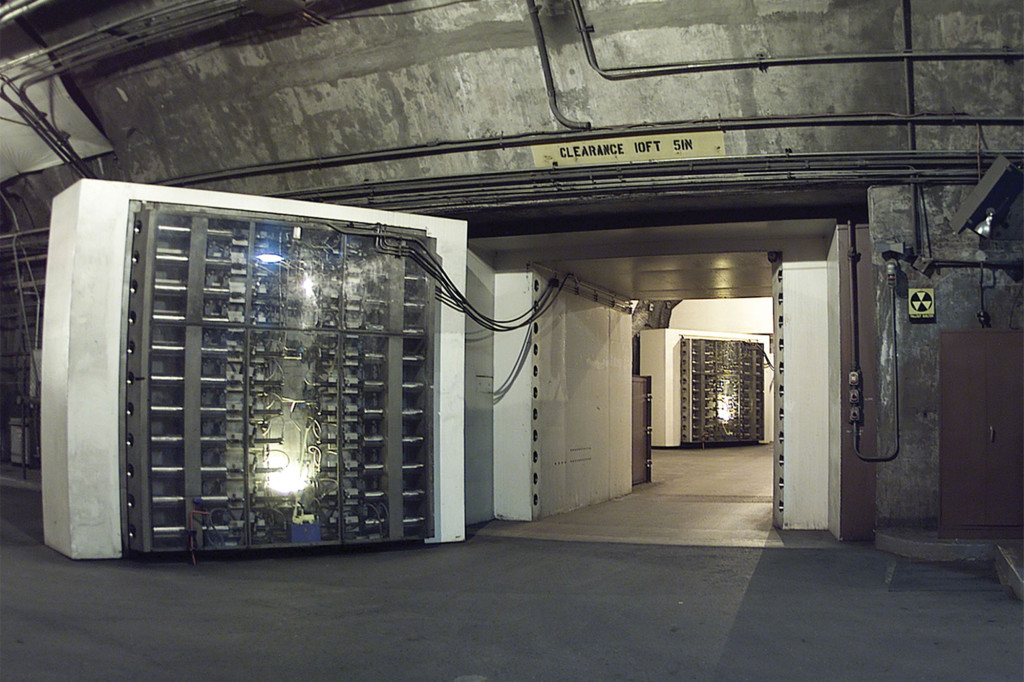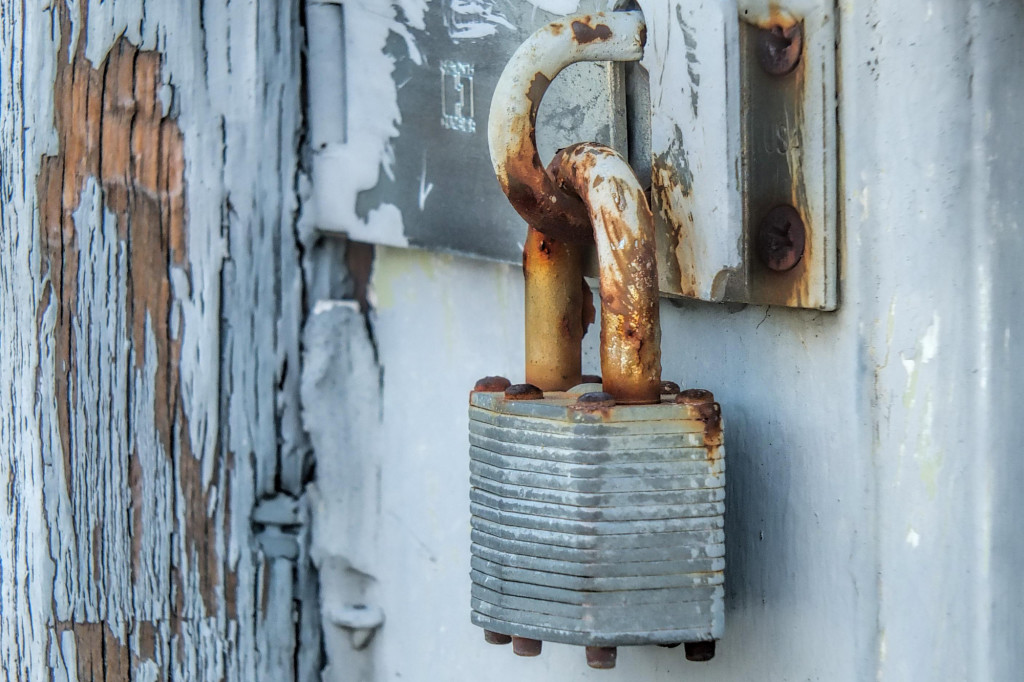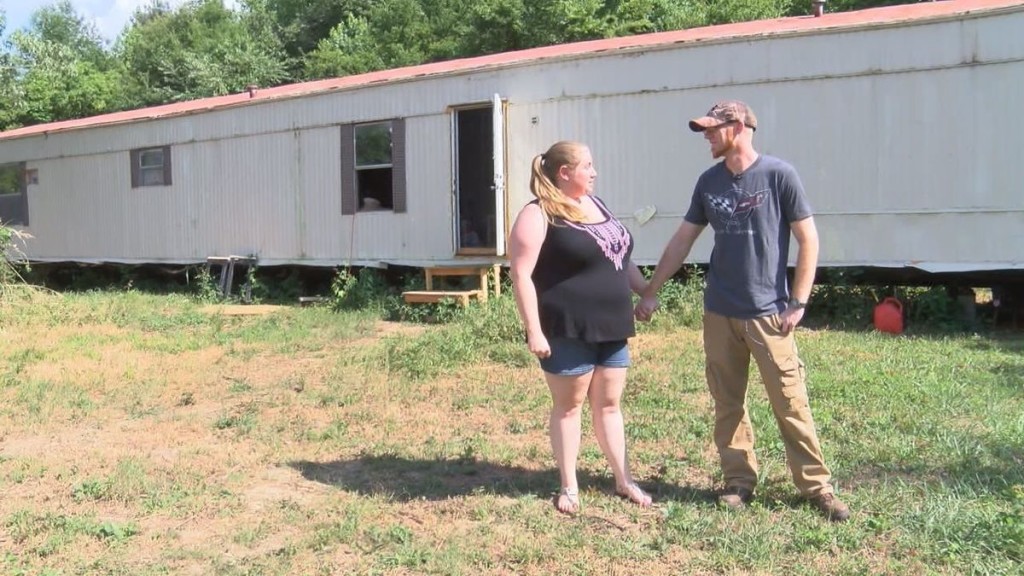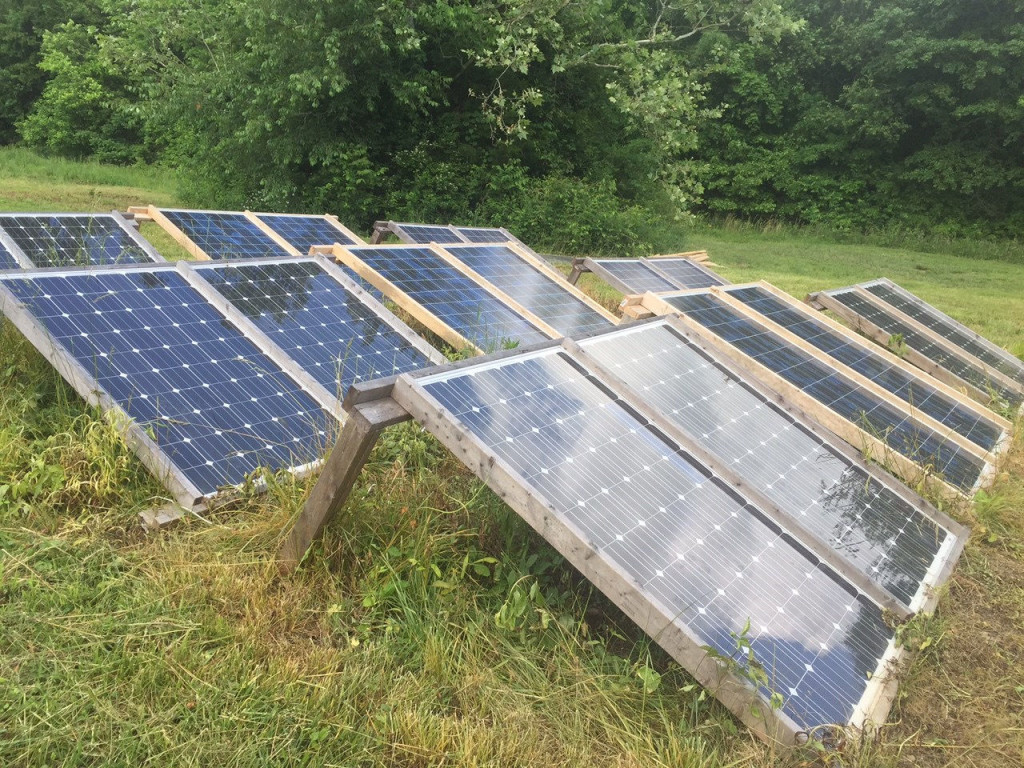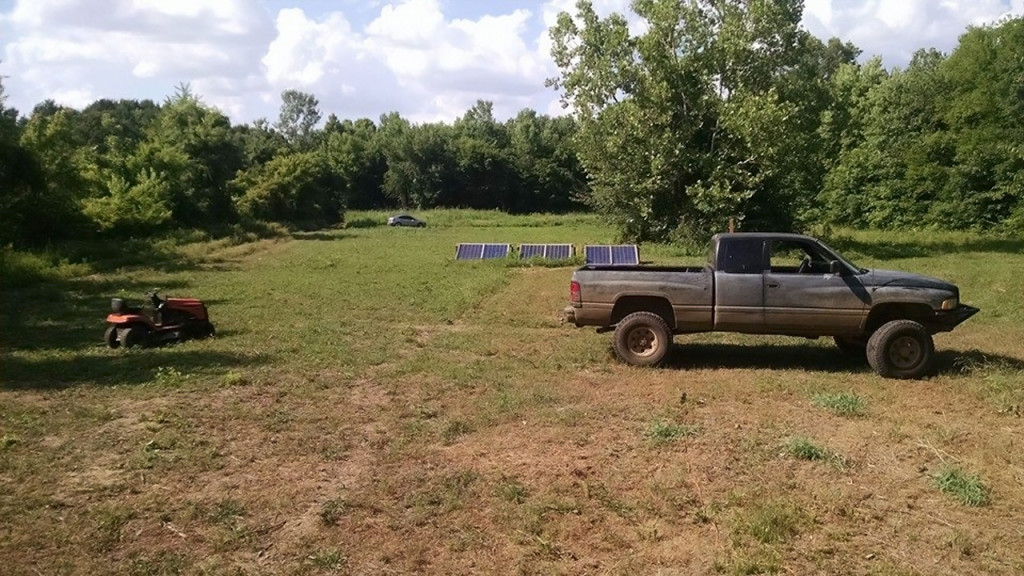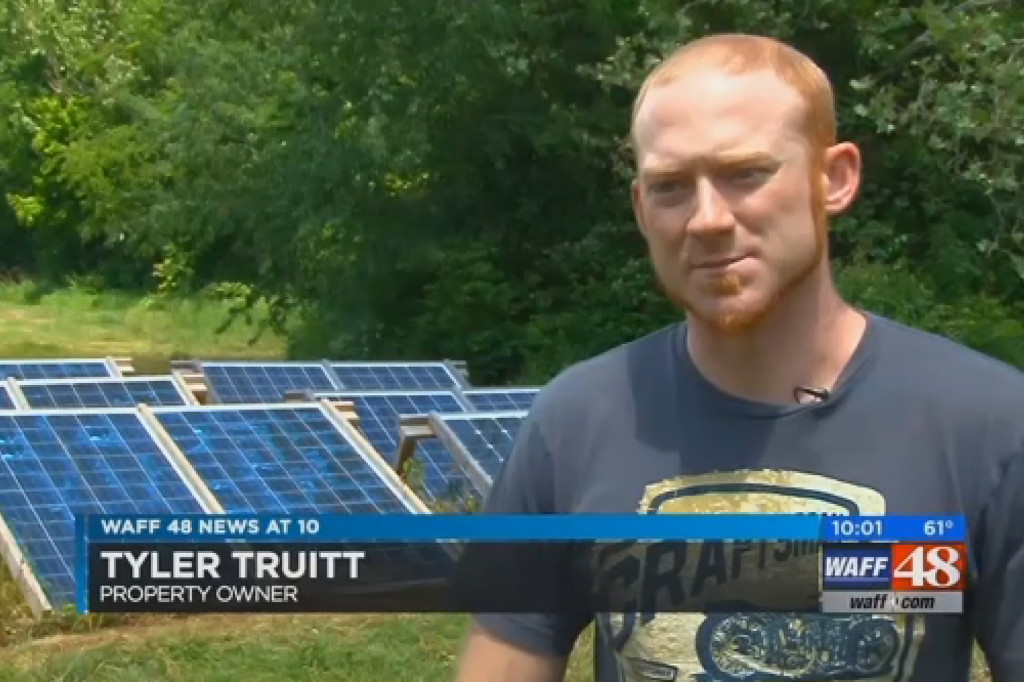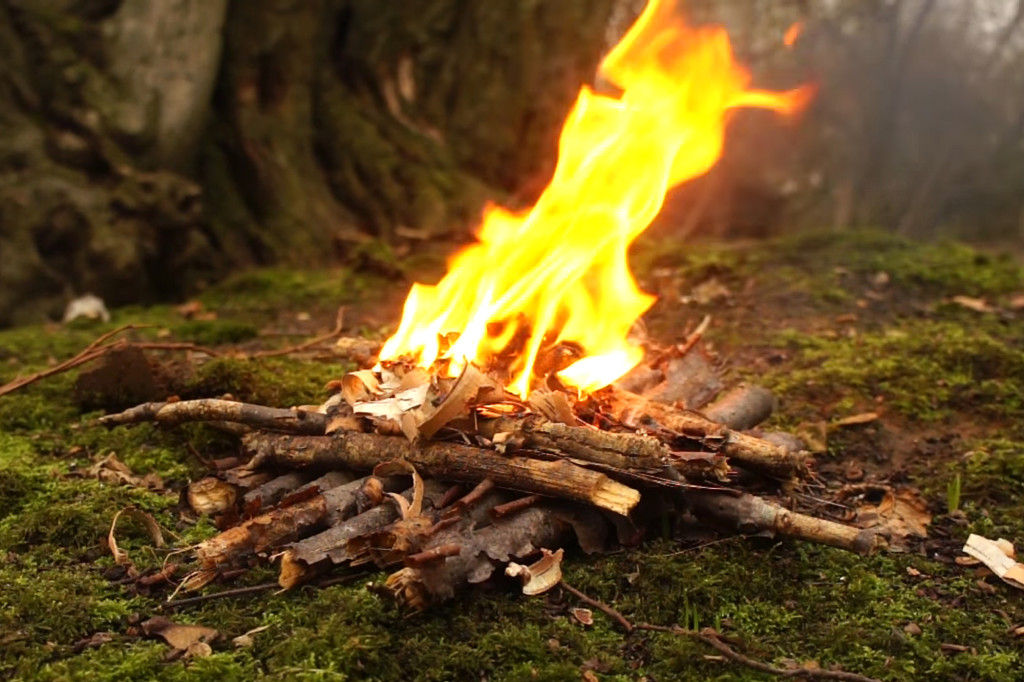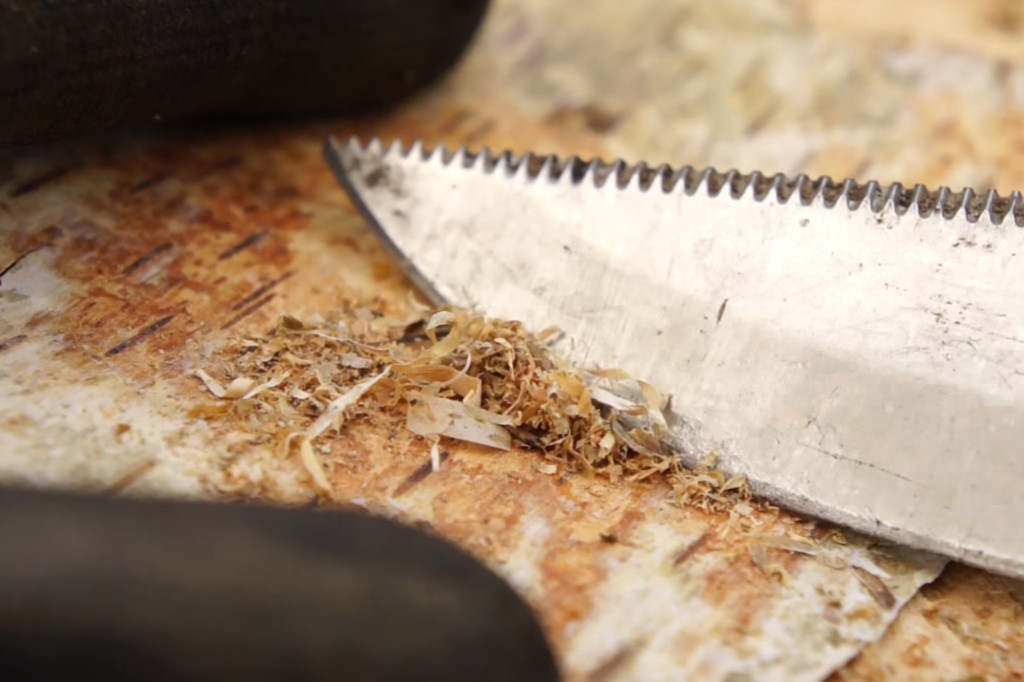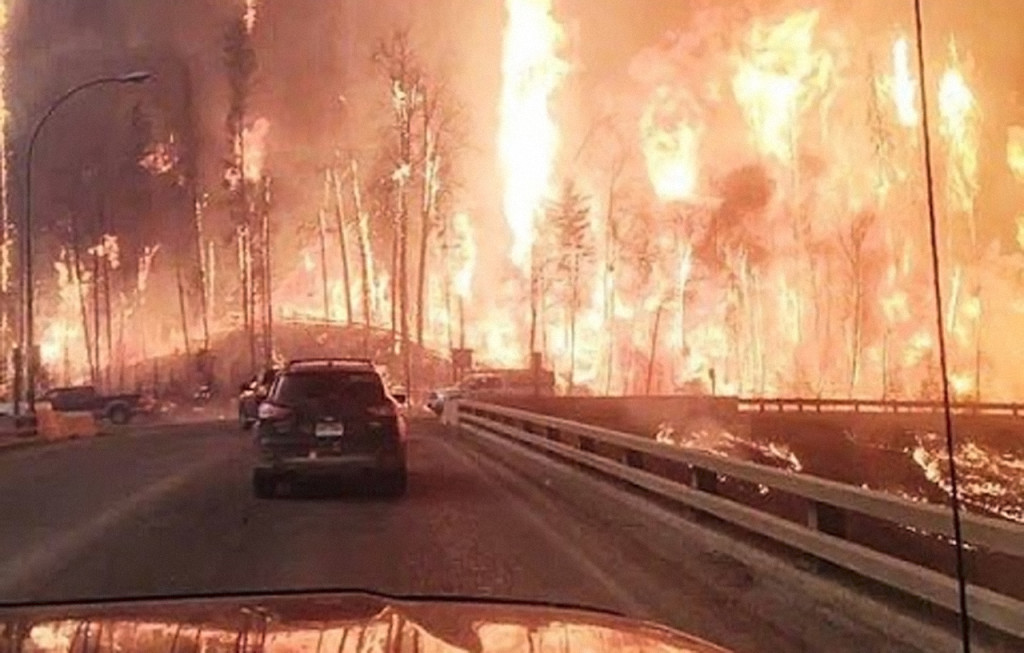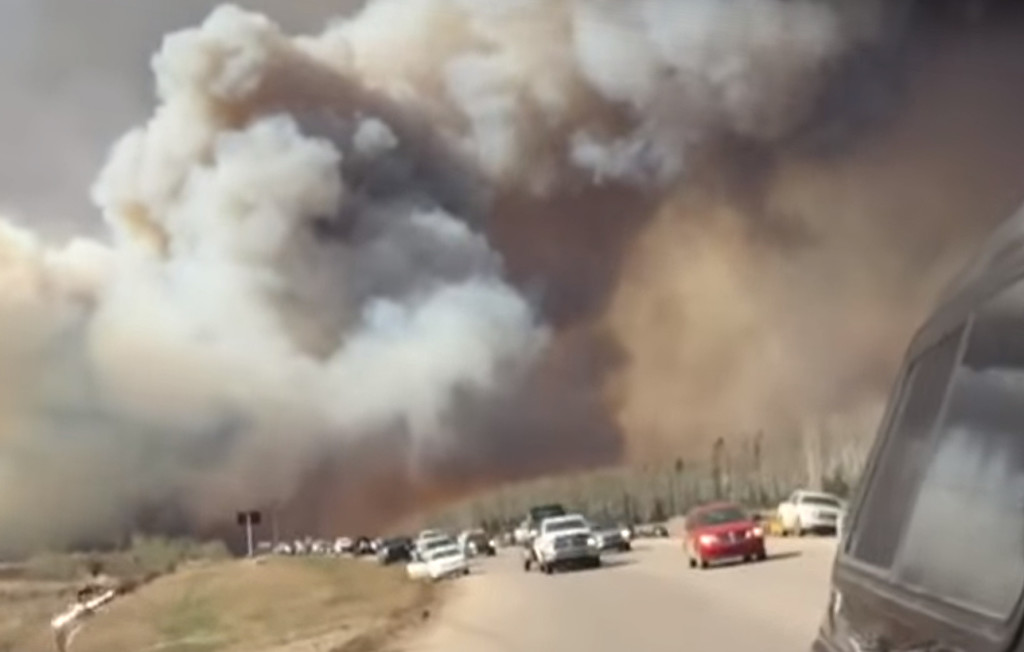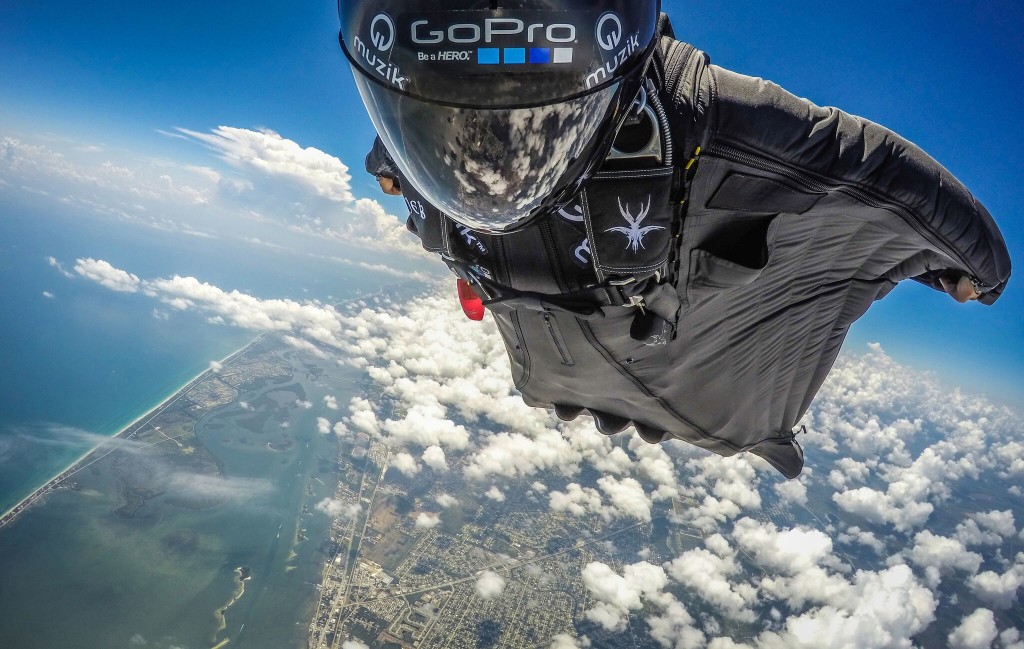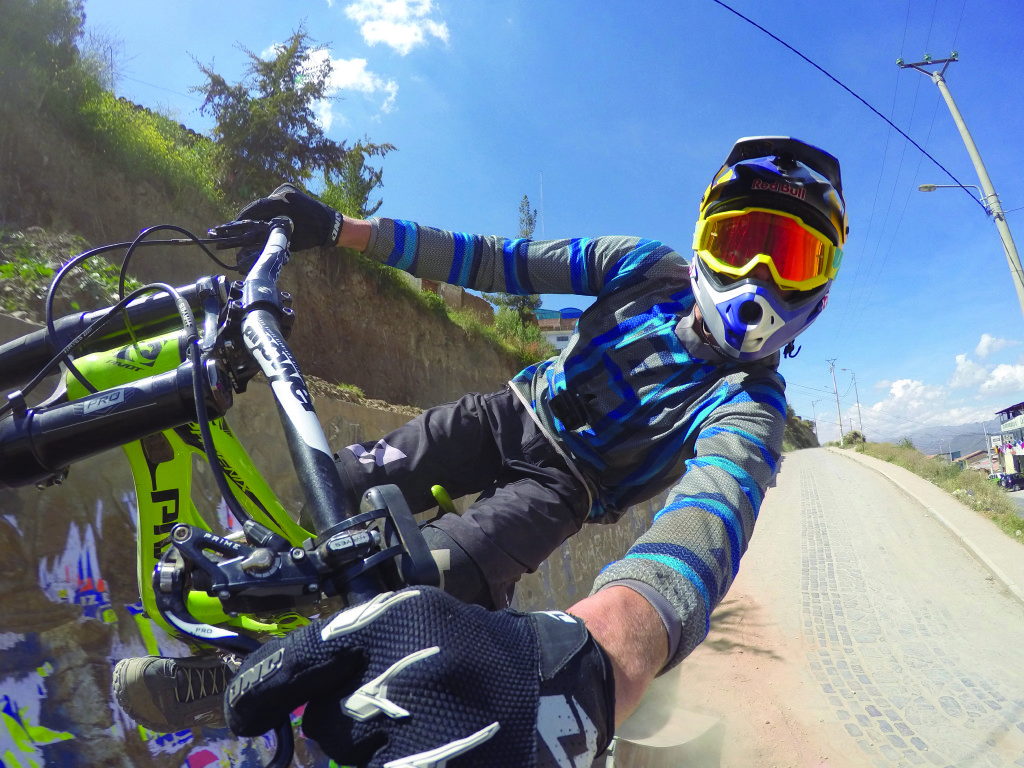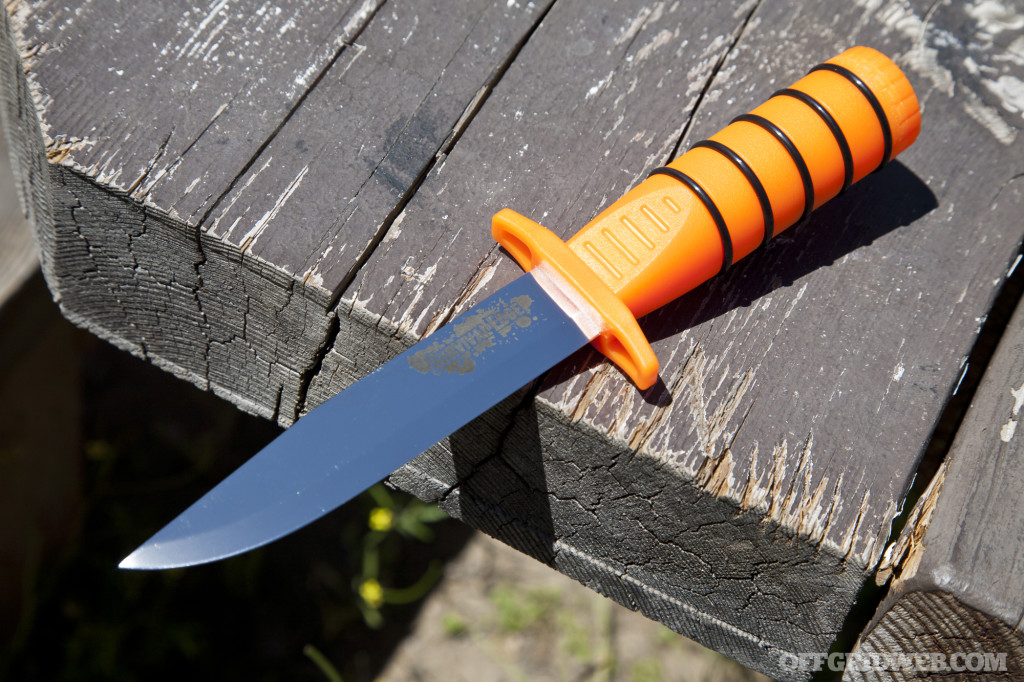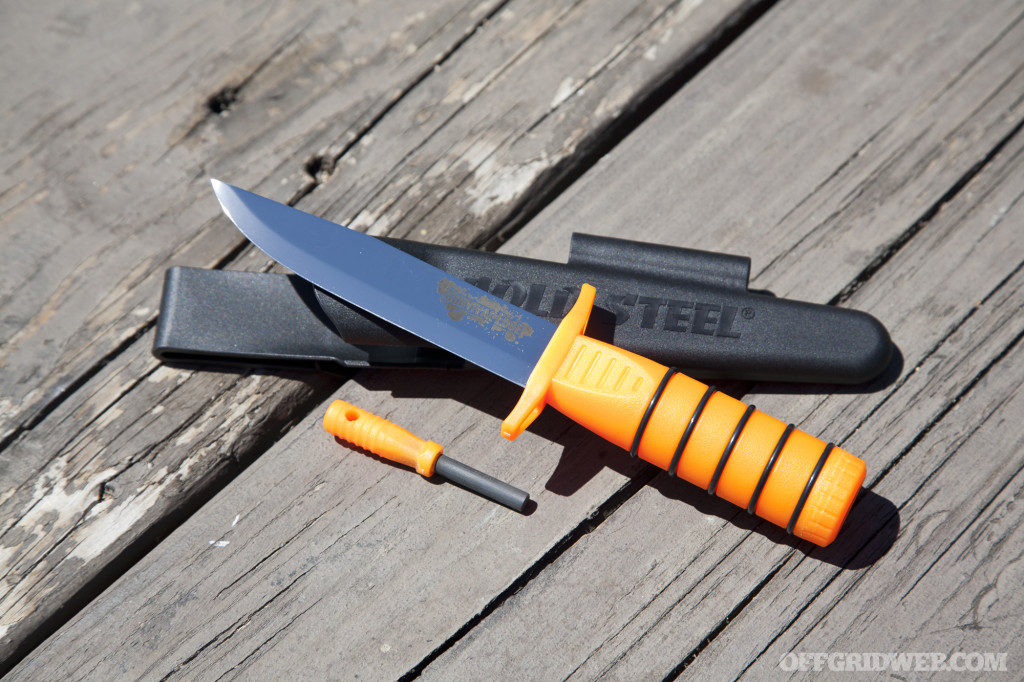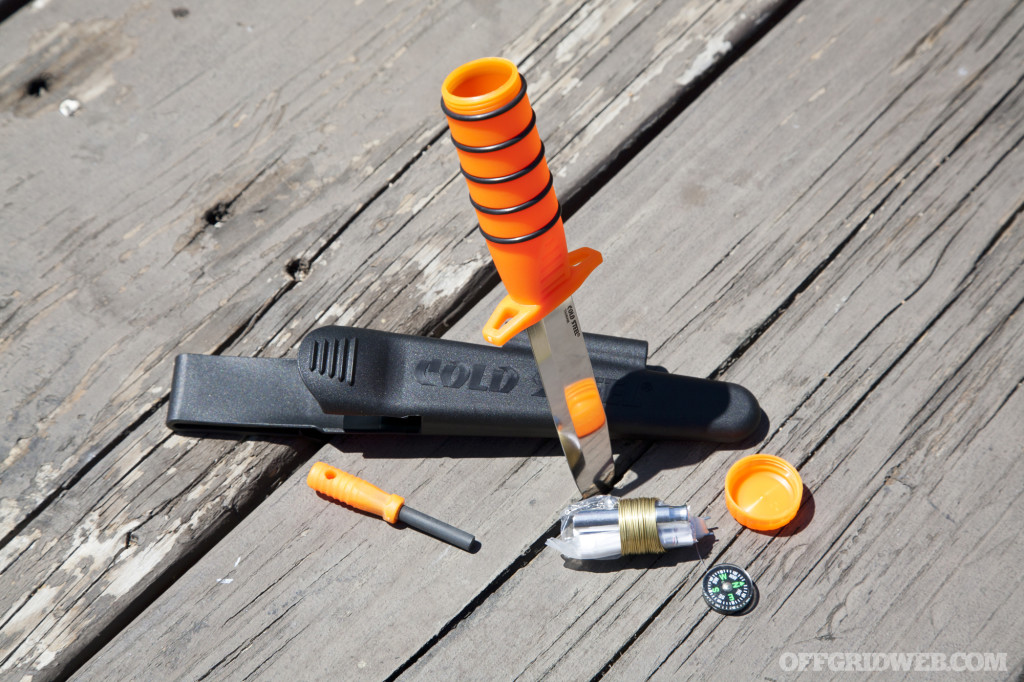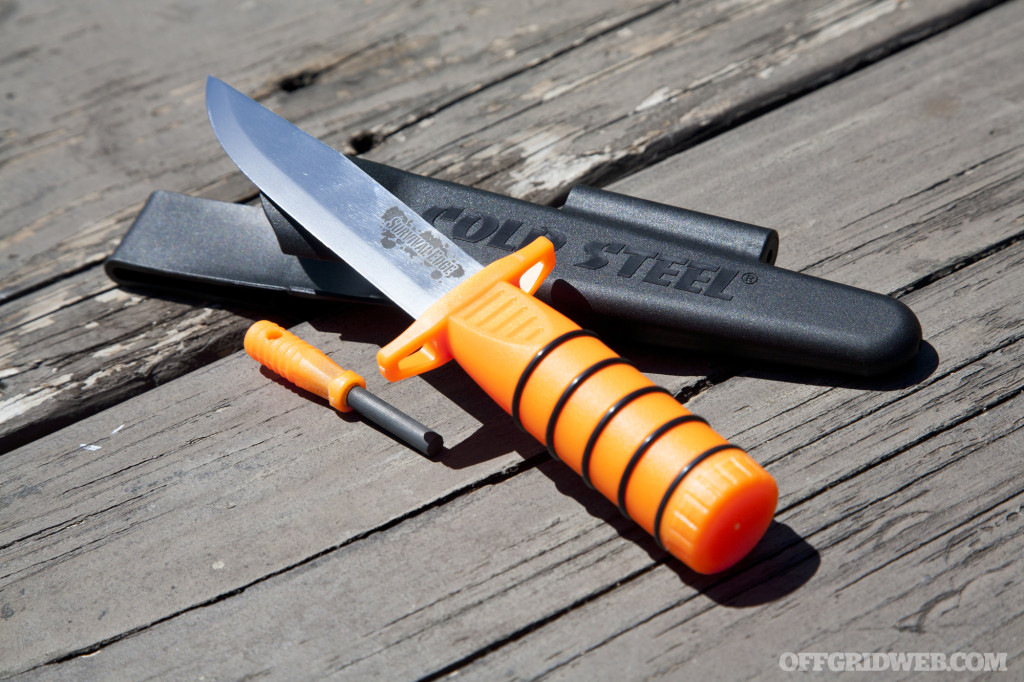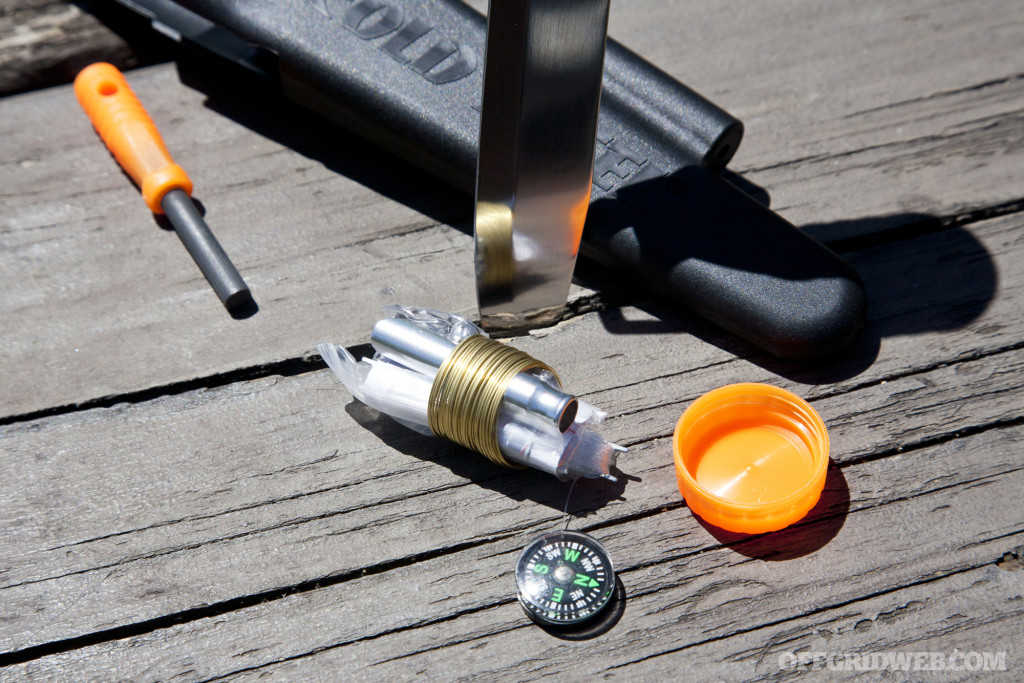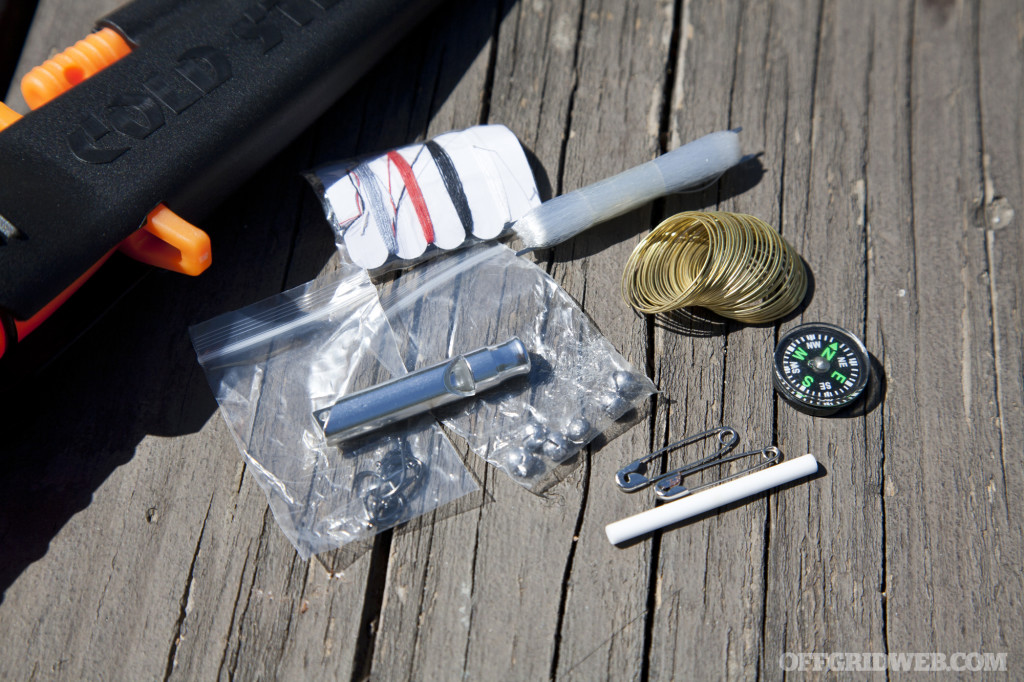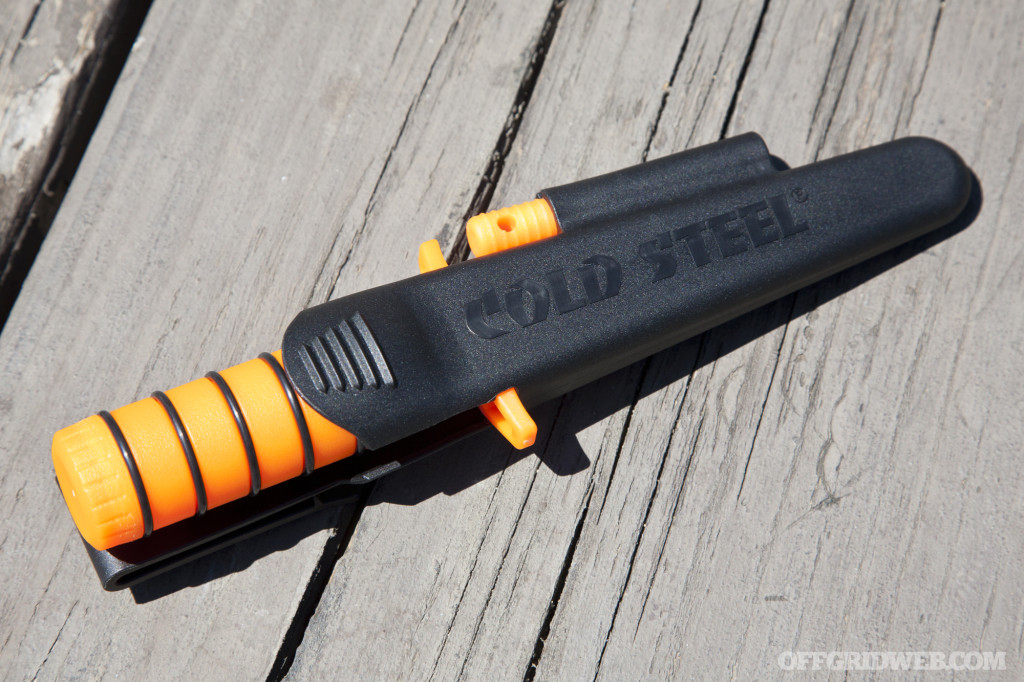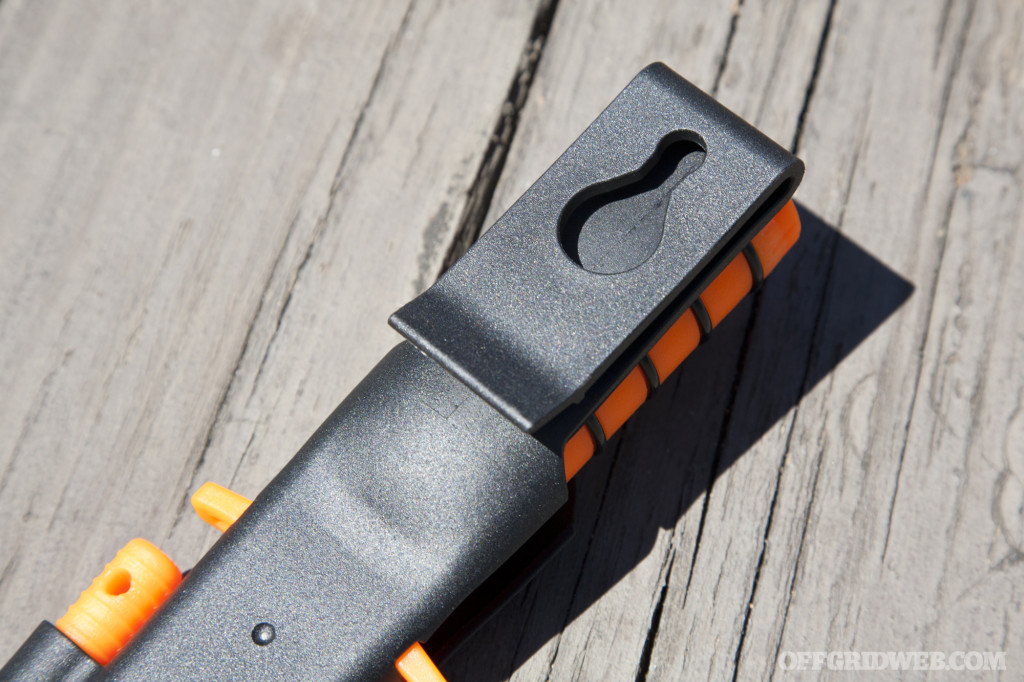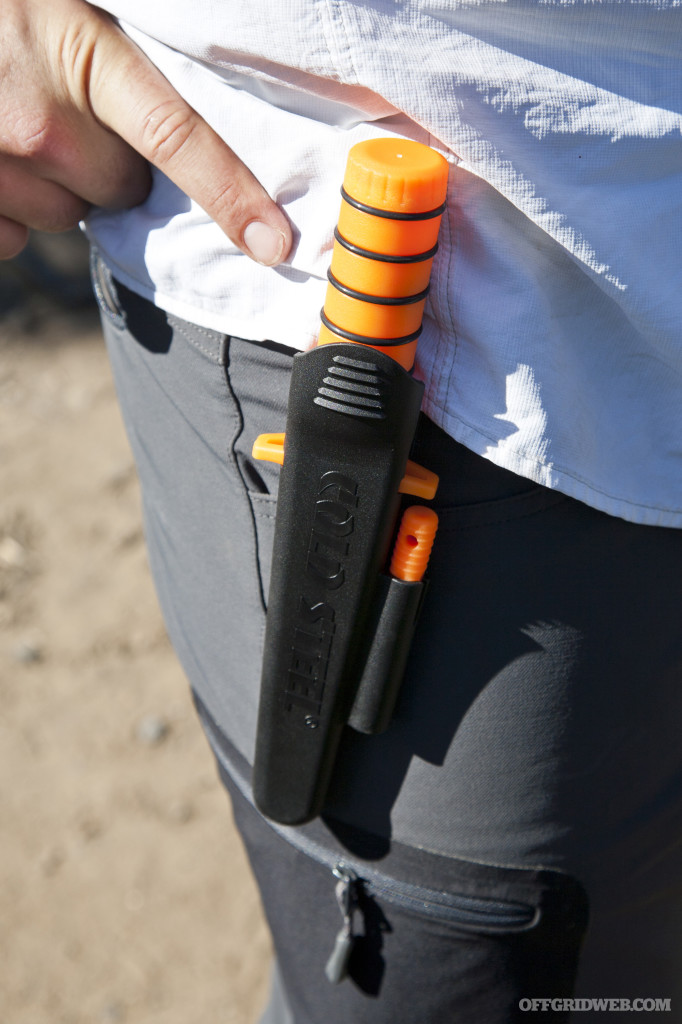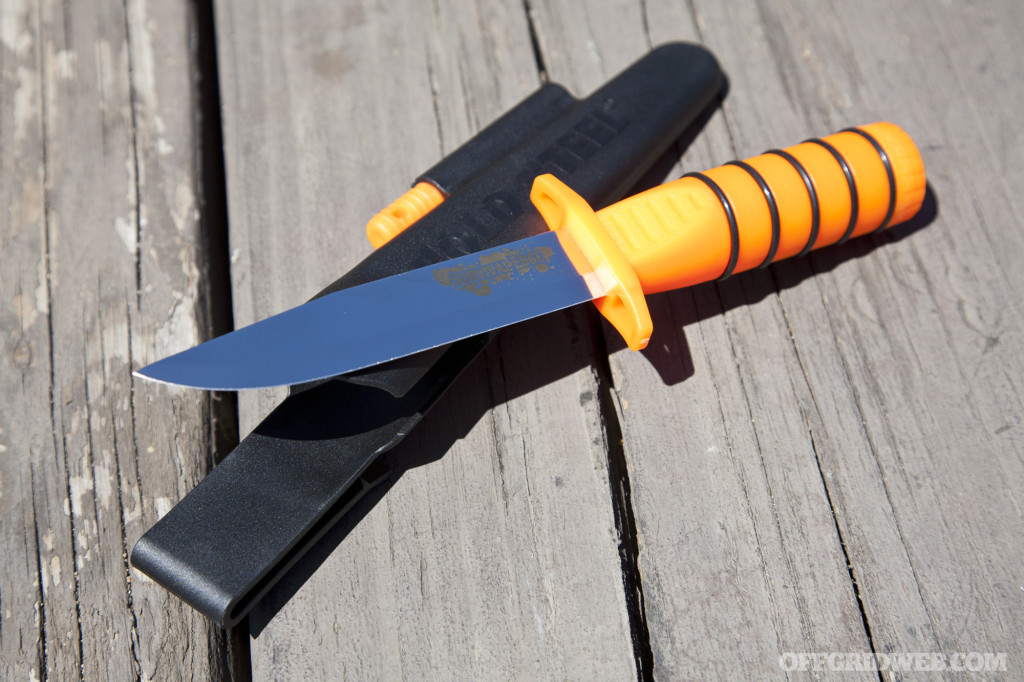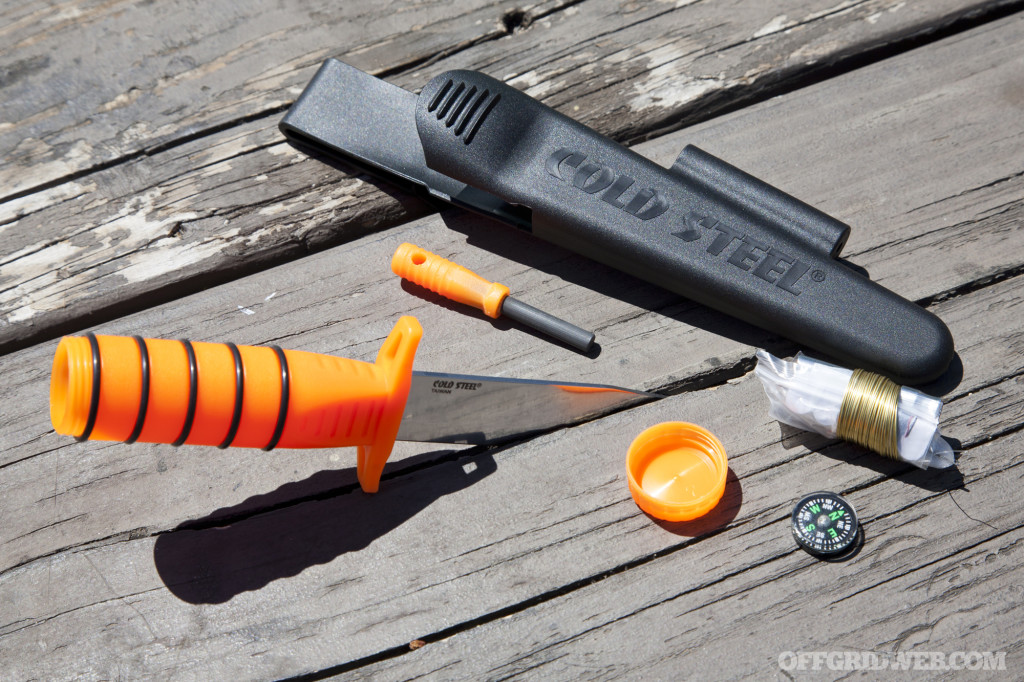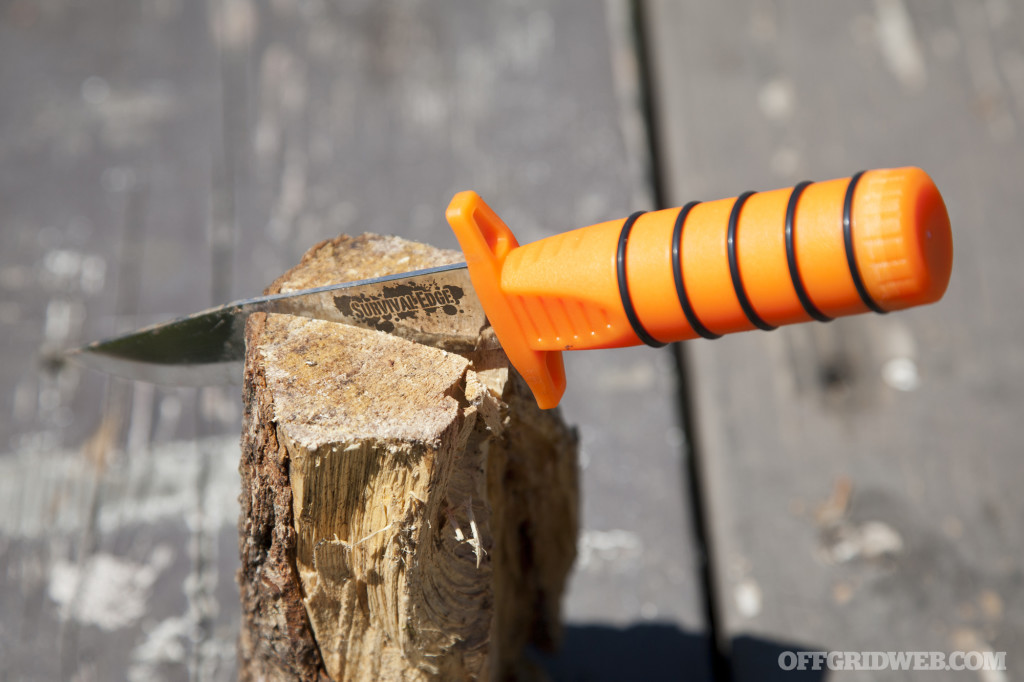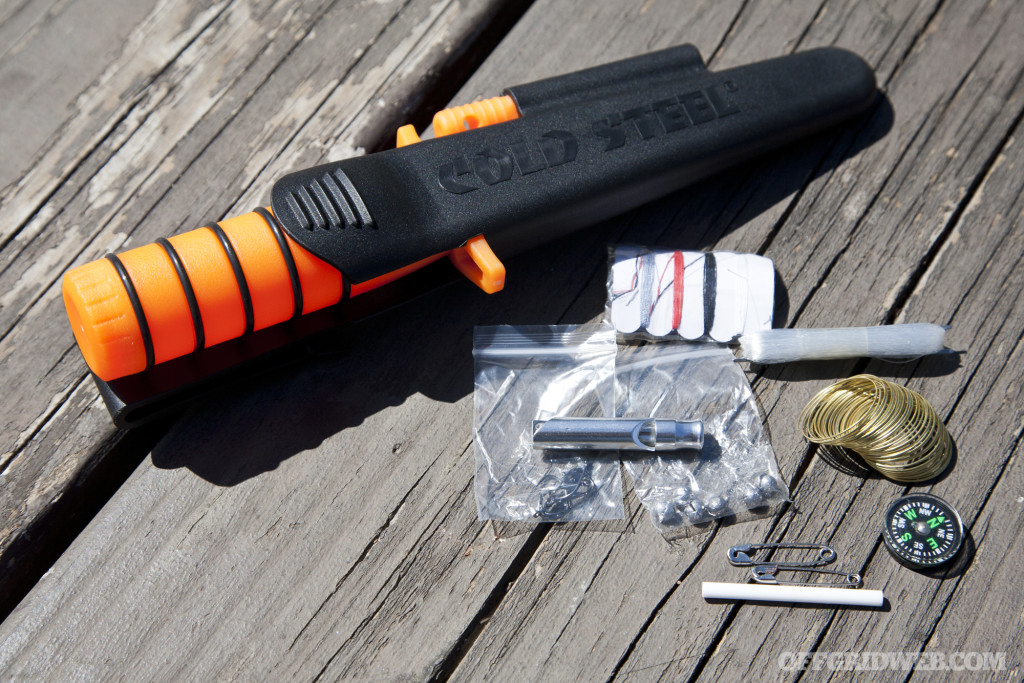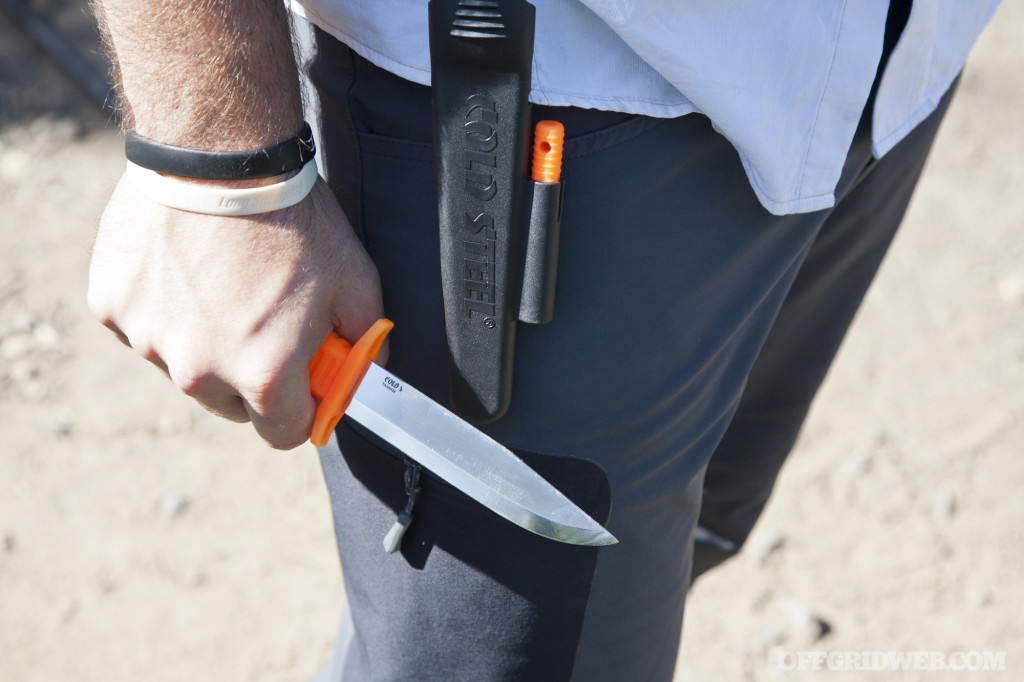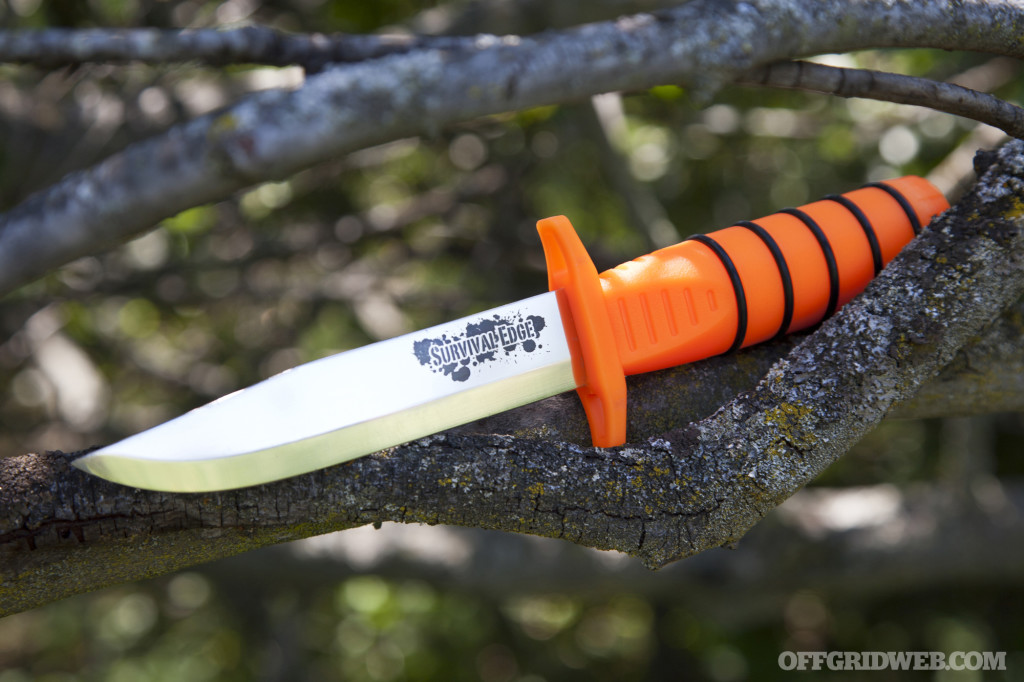Maybe Hollywood is to blame. Or perhaps the fault lies with novelists. Whether as a result of watching one too many movies or reading one too many books, the fact is that there are a whole lot of “survivalists” out there with a distinctly skewed sense of reality. I call it “Lone Wolf Syndrome.” This mentality or mindset in which the hero (and aren't we all heroes in the story that plays out in our imaginations?) sets out all by himself to make his way through the blasted lands or the vast, impenetrable forests that have reclaimed the country after a great disaster.
Of course, the hero isn't always alone. Here and there, he inevitably rescues one or another damsel in distress, unfailingly a lovely young lass who is all too willing to reward the hero for his trouble.
Reality, however, rarely mirrors fiction. Out here in the real world, the vast majority of these lone wolves aren't going to make it — not in the long run. Planning to go it solo in the long term is planning to fail. A far better plan is to look at forming or joining a survival group.
What is a Survival Group?
By the simplest definition, a survival group is a collection of individuals who have agreed to work together for the common good before, during, and after a disaster. You've no doubt heard the common mantra that many hands make light work, right? That's the basic concept here. The idea is to bring together people who have desirable skill sets and attributes so as to better provide for the needs of all involved.
If you're alone, perhaps even if it's just you and your immediate family, the fact is you can't do it all yourself. You have to sleep sometime. You need to eat, which when we're talking long-term prepping, will involve the production and preservation of food, not just consuming bags of freeze-dried mush. Water will need to be collected, filtered, and stored. Firewood cut and stacked.
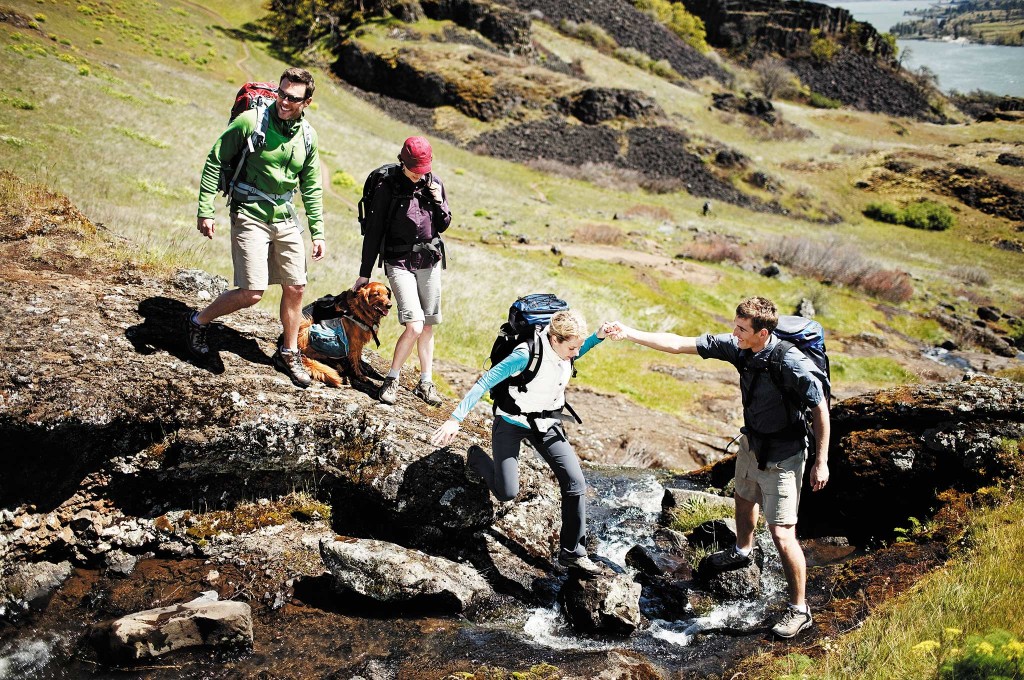
Even if we take the long-term approach out of the equation for the moment, wouldn't it be nice to know you have trusted folks who'll always have your back? People who, when a storm drops a tree on your back porch, will show up with chainsaws, axes, and maybe a case or two of beer, without even being asked?
A survival group need not involve some sort of quasi-hippie commune out in the middle of nowhere. Don't get me wrong, forming an actual community on private land, complete with acres of gardens, solar power systems, and such isn't a bad idea — provided the ultimate goal isn't to just assemble a harem for the guys in charge. But, for most folks, having a small group of people who can get together for teaching opportunities, fellowship, and networking is going to be the primary focus.
Finding Potential Members
Some of us already have the beginnings of a decent group, though we might not recognize it right away. Do you have folks with whom you go hunting every year? How about an existing neighborhood watch group? Or members of your church? Most of us have at least a couple of close friends or family members whom we'd love to have involved in a survival group.
To expand beyond the people already in your life, give thought as to where preppers are likely to hang out. Like your mother told you years ago, you probably aren't going to find a good mate in a tavern, right? The same basic premise applies here. Start visiting local places where preppers are likely to be found, such as farmers markets and gun ranges. Get to know the regulars, and let them get to know you a bit. Over time, you'll learn who might be most interested in a survival group; perhaps you'll even find out about one that has already formed.
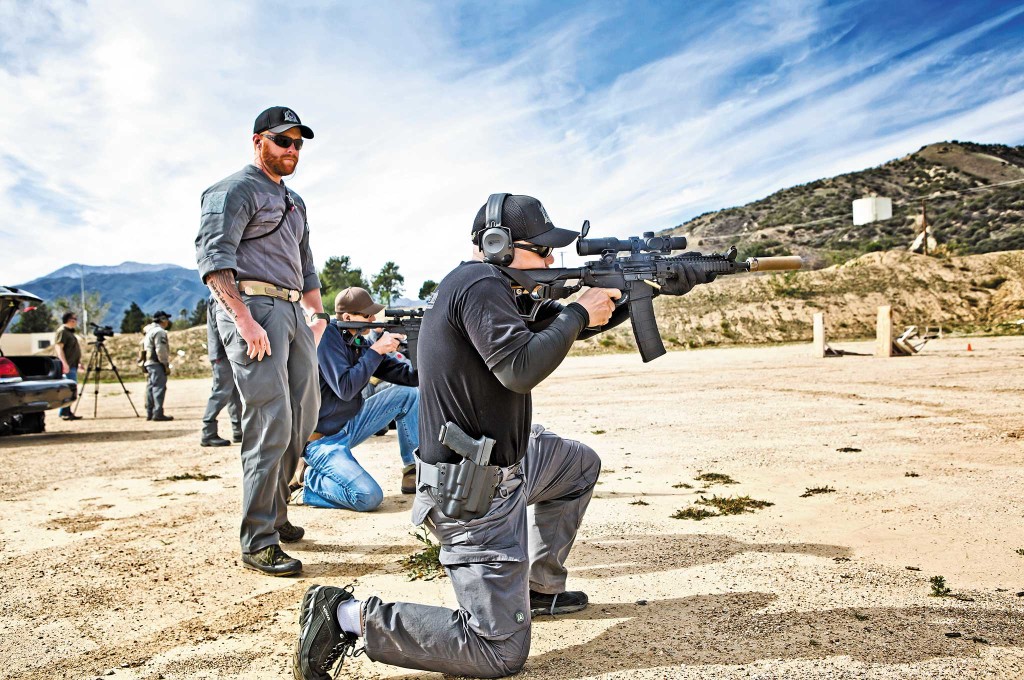
Another option is to look online. Meetup.com can be a great resource, as there are tons of prepper groups already up and running across the country. Do a search for existing groups in your area and consider checking out a meeting or two. Same thing goes for www.AmericanPreppersNetwork.net, which maintains a huge message board with sub-forums devoted to every state in the country. SurvivalistBoards.com is a similar message board. Facebook also has a huge number of survival and prepper groups, filled with users who are hoping to network with others of like mind. Sites like these can be great resources for locating folks in your general area, if not immediately next door.
One word of caution, though. Unless you've already known the person for years, keep them at somewhat of a distance until you feel absolutely comfortable with them, and you've had an opportunity to check them out. In other words, don't invite them over for a guided tour of your preps the first time you meet them. Most legitimate folks will feel the same way and won't be intrusive.

Group Meetings and Activities
Once you have the foundation of a survival group, the next step is to start getting together on a regular basis. Many groups strive for monthly meetings at a minimum. This usually works well, as long as members know well in advance the date and location of the meetings so they can plan ahead. Smaller groups, say less than five or seven members, might get together a bit more often, if only because these mini-groups are typically comprised of strictly family or very close friends.
Unless all members of the group are extremely tight with one another, the meeting location should probably be somewhat public. Most public libraries have at least one meeting room that is available for community members, often for free. Other options include coffee shops, restaurants, and parks.

Some groups schedule activities or training for almost every meeting. One month, they might bring in a trainer from the Red Cross to teach CPR. Next month, they'll meet at a local shooting range to allow members to swap and test out different firearms. Another meeting could be at a park where one of the members will teach different ways to light a fire.
What seems to work very well is to have one or two members in charge of lining up the different activities. Granted, that makes for a lot of extra work for those members, but in return, perhaps if there are small fees involved for training sessions, the other group members agree to pay for the ones who organized the event.
Many groups have regular show-and-tell meetings, where they bring in their bug-out bags, their favorite knives, or maybe a few selections from their personal libraries. Another popular idea is to hold regular swap meets among the members.
Some groups routinely coordinate on shared purchases, such as several members chipping in to buy a butchered cow or pig, dividing up the meat amongst one another. This sort of group buying power can be very handy to use at warehouse stores as well.

One key element common to all successful groups is organization. Each and every meeting needs to be scheduled in advance, with the meeting topic, activity, or theme communicated to all members. Failing to do so invariably ends up with a poorly attended meeting, with those present staring at one another and wondering just how soon they can leave without being rude.
Keep in mind, too, that while training and activities are fun and educational, the ultimate goal is really for the members to bond with one another. The idea behind a survival group isn't just to have a group of people who have similar goals who get together once in a while, but to have folks who can rely upon one another in a crisis.
The Group's Role in a Crisis
Ideally, the group will develop some means of rapid communication with one another should a disaster strike or be imminent. This could be as simple as an old-fashioned phone tree or perhaps a mass text message sent out as needed. The goal is to have a way to get information out to all members as quickly and reliably as possible.
Depending upon the nature of the disaster, the group might plan to get together at a single location, such as at property owned by one or more group members where supplies have been staged for just such an event. Alternatively, the members might shelter in place at their homes, with the understanding or agreement that they check in with one another regularly. If a member fails to check in as scheduled, others can go to their location to check on their welfare.
Looking at a potential long-term event, such as a total grid-down scenario, the members can work together to provide food, shelter, security, and other needs for one another. While this might work best if all group members can relocate to a central location, it's still feasible if they live in relatively close proximity to one another.
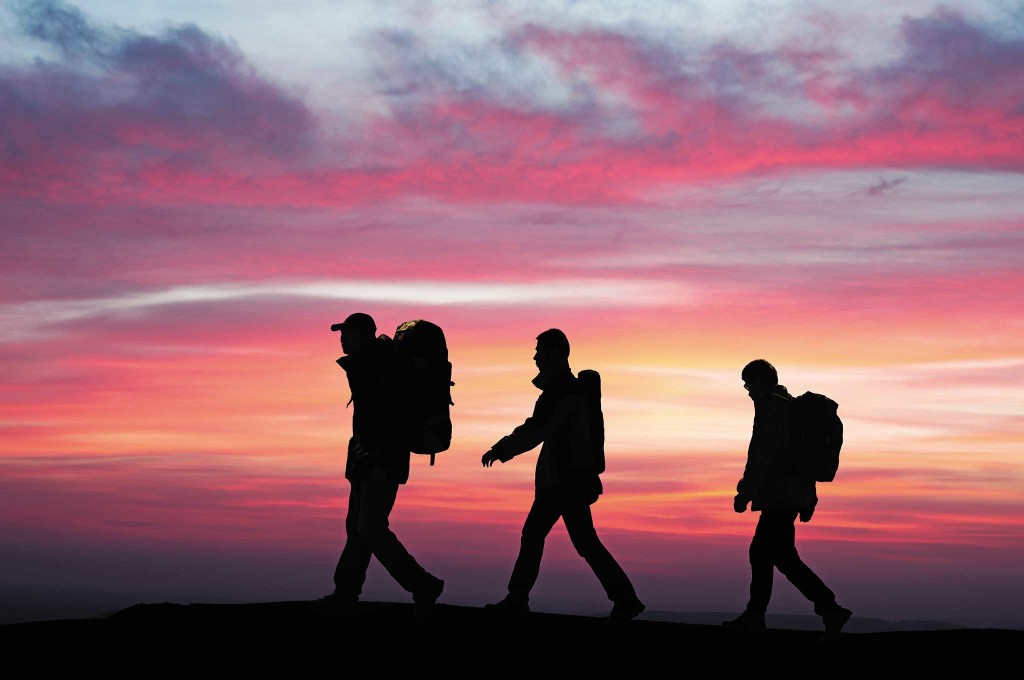
There are many so-called experts infected with the Lone Wolf Syndrome who suggest it's entirely feasible to survive all on their own out in the wild using nothing but their wits and a bug-out bag. The sad reality is that if an event were to take place — sufficient in scope to necessitate these folks to implement those plans — within just a few weeks the wilderness would be littered with corpses carrying backpacks. Yes, there are people out there who truly possess the skills necessary to survive by living off the land for a lengthy period of time. But they'll be the first to admit that it's nowhere near an easy, or a desirable, existence.
A far better course of action is to make plans now to form or join a survival group. Be one of the many hands making light work for all involved rather than struggling to stay awake as the mutant zombie bikers circle ever closer to your debris hut.
About The Author:
Jim Cobb is a recognized authority on disaster preparedness. He has studied, practiced, and taught survival strategies for about 30 years. Today, he resides in the upper Midwest with his beautiful and patient wife and their three adolescent weapons of mass destruction. His books include Prepper's Home Defense, Countdown to Preparedness, and Prepper's Long-Term Survival Guide. Jim's primary home online is www.survivalweekly.com. He is also active on Facebook at www.facebook.com/jimcobbsurvival. Jim offers a consulting service as well as educational opportunities at www.disasterprepconsultants.com.
Role Players
Initially, a survival group might not have a wide range of choices as to which skillsets or personality traits are represented by its members. However, as the time goes on, there are several roles that are necessary for a well-rounded group, one best suited to withstand a major event. As the group matures, the members should actively seek out individuals who can fill these roles or allow people with innate qualities to naturally grow into them.
Bear in mind that group members should be cross-trained in more than one of these roles, as versatility and adaptability are key components to thriving in adversity. For example, what if injury (or even death) takes out the best hunter in your crew, or your group gets separated in the chaos of a tornado? Consider the following nine roles and see which one(s) you might best fill and which ones need filling.
The Leader is the person who guides the group, makes the hard decisions, and keeps everyone together when times get tough. This particular role is unique among the others as it's usually filled somewhat gradually and organically as the group develops. The group's founder may not always be the best person suited to be leader. If that's the case, hopefully the founder recognizes this fact early on. Leaders tend to be born with the ability to organize, delegate, and inspire through a combination of intelligence and charisma — whether they recognize it or not.
The Medic is the one who keeps everyone healthy. While survival groups often focus on how to prepare for extreme long-term events (thus the necessity of having someone who is well-versed in everything from battlefield surgery to herbal remedies), don't overlook the possibility of the medical representative helping group members improve their health and well-being when times are still good. This could include helping members with setting up dietary changes as well as exercise plans.
The Organizer is the logistics person in the group. He or she keeps track of available resources and communicates this information to the group as needed. The organizer knows, for example, just how long the stored food will last the group at current consumption levels. Note that the organizer will need to be able to work hand in hand with the scout.
The Mediator is a role often overlooked in survival group planning, yet is crucial to a group's success in the long run. People skills, such as conflict resolution and negotiation, may become just as important as food acquisition and security. Any group comprised of human beings is going to have internal conflict to one degree or another. That's just the nature of the beast. The mediator helps everyone to get along by working to resolve arguments and conflicts as peaceably as possible. Keep in mind that interpersonal conflict within the group isn't necessarily a bad thing. It's how the conflict is resolved that is critically important. Conflict leads to change, which can be a great thing.
The Soldier is the member responsible for group security. This role is often the one fulfilled the quickest as the group forms, given how many preppers and survivalists have military or law enforcement backgrounds. In fact, it's not uncommon for a group to initially consist of a whole bunch of soldiers, but not one organizer. This is one reason why cross-training is so important. It's perfectly fine to have the entire group capable of soldier duties, but don't overlook the other roles that are necessary for the group's success.
The Provider is the group member who is well versed in hunting, fishing, and trapping. He or she has the knowledge, the equipment, and the experience to reliably bring home food to the group. A provider who is able to also forage wild edibles and medicinals would be ideal.
The Scout is not only intimately familiar with the area, but has a very good handle on where to locate resources as needs arise. This is the type of person who, when given a list of needed building materials, will know exactly where to look and how to obtain them. The scout is also the group member who will be in the best position to alert the group to threats that lay over the horizon, due to their frequent forays beyond the group's immediate location.
The Gardener is the person responsible for growing the bulk of the food consumed by the group. He or she will know not only what types of plants grow best in the area, but how to organize gardens for the greatest success. They will also be able to reliably save seeds for the next growing season. Other members of the group may be needed for some of the labor involved with the crops (planting, weeding, harvesting). All group members should be taught the various means of food preservation as well, such as home canning and dehydration. Often, the gardener also gets involved with raising food animals, such as rabbits and chickens.
The Jack-of-All-Trades is the MacGyver of the group. Give them some PVC, duct tape, and maybe a couple of cinder blocks and they'll come back with a water collection setup that will last for decades. He or she will work side by side with the organizer and the scout to keep abreast of needs and available supplies.
An excellent resource to help plan for these as well as additional roles within the group can be found on the 12 Survivors website at www.12survivors.com/archetypes.html.


